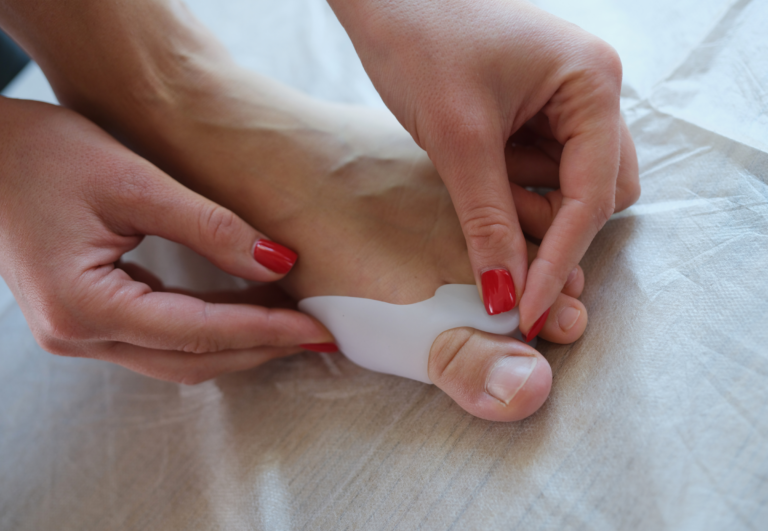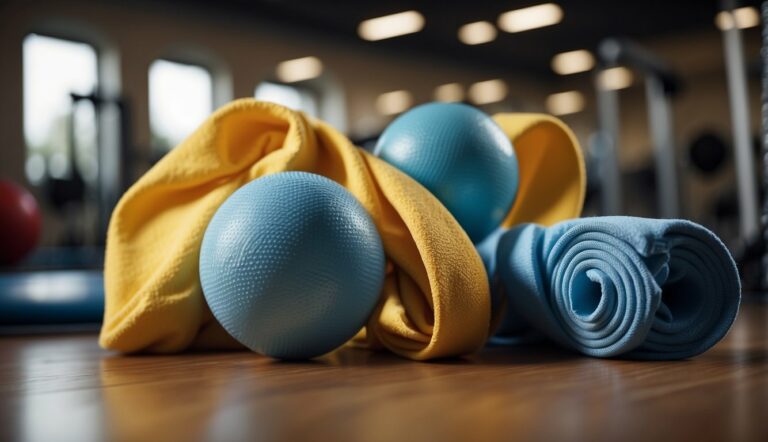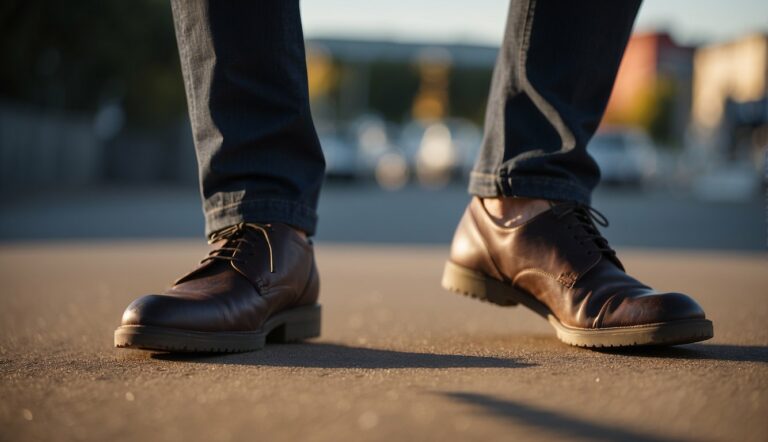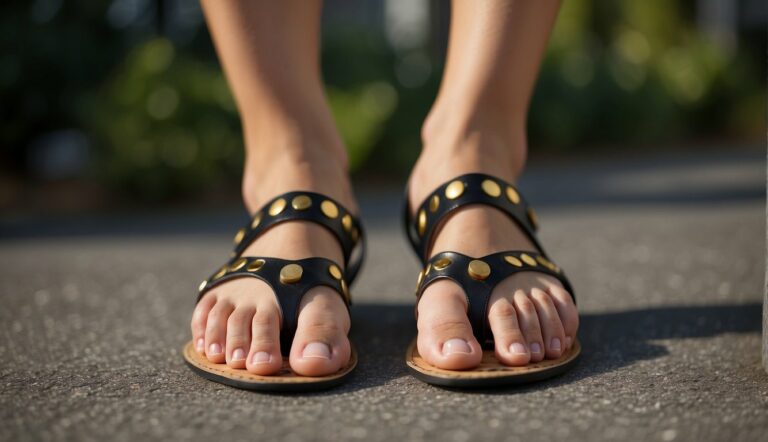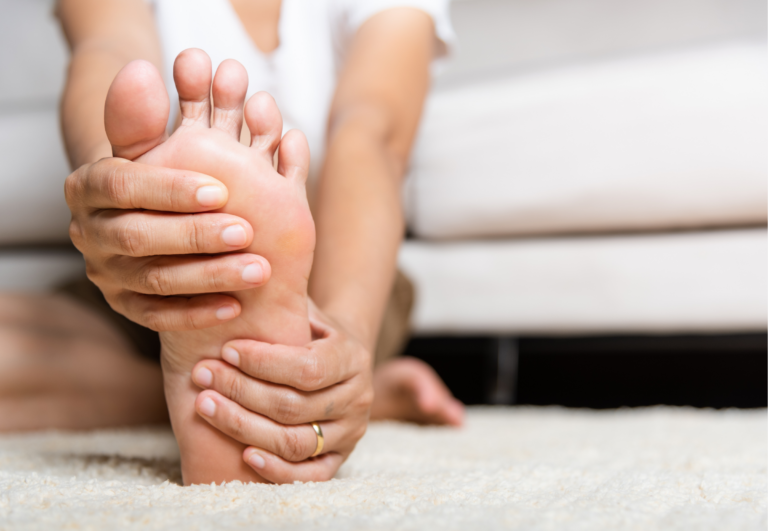How to Treat Metatarsalgia Naturally: Effective Home Remedies and Strategies
As someone who frequently recommends toe spacers for various foot ailments, I’m often asked about natural treatments for metatarsalgia. Metatarsalgia, characterized by pain in the ball of the foot, can be not just uncomfortable, but also limiting in terms of physical activity. Through my experience, I’ve found that addressing the symptoms naturally is not only possible but often preferred for its minimal side effects.
In my time working with those suffering from foot pain, I’ve gathered that the key to soothing metatarsalgia lies in reducing the pressure on the afflicted area. Resting your foot plays a crucial role in alleviating pain. I suggest elevating the foot to reduce swelling and avoiding activities that exacerbate the condition. Simple lifestyle changes, such as wearing properly fitted shoes with adequate arch support, can make a significant impact.
For those experiencing persistent symptoms, incorporating gentle strengthening exercises for the foot and ankle can provide long-term benefits. Complementing these exercises with regular ice applications can help reduce inflammation. It’s all about taking a proactive approach to manage and prevent the symptoms associated with metatarsalgia.
Preventative Measures for Metatarsalgia with Toe Spacers

Preventing metatarsalgia involves mindful practices that focus on reducing strain and pressure on the feet. Decisions about footwear and daily activities play a significant role in maintaining foot health.
Choosing the Right Footwear
The shoes you wear often determine the level of comfort your feet will enjoy. I recommend favoring shoes with a wide toe box and good arch support. High heels can exacerbate metatarsalgia, so it’s best to limit their use. Opt for shoes with a cushioned sole to absorb impact and provide balance.
Importance of Maintaining a Healthy Weight
Carrying extra weight increases the strain on your feet. Aim to maintain a healthy weight to minimize this pressure. Even small reductions in weight can significantly alleviate the stress on your metatarsal bones during activities like standing or walking.
Incorporating Low-Impact Exercises
Exercise is essential, but the type of activity matters. Include low-impact exercises such as swimming or cycling in your routine to keep fit while protecting your feet. These activities improve overall foot strength and coordination without putting undue stress on the metatarsals.
Adopting Appropriate Rest Periods
Balance is key. While remaining active supports foot health, it’s equally important to incorporate periods of rest. If your job involves long periods of standing, try to take short breaks to sit and elevate your feet, giving them time to recover and prevent inflammation.
What Is Metatarsalgia?
Metatarsalgia is characterized by pain and inflammation in the forefoot, particularly the ball of the foot. This condition can affect your mobility and quality of life if left untreated.
Identifying Symptoms and Causes
Symptoms of Metatarsalgia:
- Sharp, aching, or burning pain in the ball of the foot
- Pain that worsens with standing, walking, or running
- Tingling or numbness in the toes
- A feeling of having a pebble in your shoe
Causes:
- Excessive pressure on the metatarsal bones due to high-impact activities
- Foot deformities, such as high arches or hammertoes
- Being overweight, which adds extra strain to the foot
- Aging, as the foot’s protective fat pad thins over time
Exploring the Anatomy of Foot Pain
The foot is a complex structure composed of bones, muscles, and ligaments that all work together to provide support and mobility. Metatarsalgia specifically involves the metatarsal bones that connect to the toes. Pain typically arises from the area just behind the toes, known as the ball of the foot. This zone absorbs significant pressure during activities like running and jumping, especially in sports or exercises that involve high-impact movements.
Recognizing Risk Factors and Triggers
Risk Factors:
- Age: Thinning of the protective pad in the foot over time can increase risk
- Body weight: Higher body weight can exert more pressure on the feet
- Foot structure: High arches or other foot deformities can contribute to metatarsalgia
Triggers:
- Intense activities such as sports that involve running or jumping
- Wearing shoes without adequate support or cushioning
- Pre-existing conditions like gout and arthritis can cause inflammation that leads to metatarsalgia
- Overuse or stress fracture can act as a catalyst for the development of metatarsalgia
Natural Treatment Options

In managing metatarsalgia, a few key personal measures can make a difference in alleviating pain. Natural treatment options revolve around non-invasive home remedies, supportive devices, physical therapy, and targeted foot exercises to promote recovery.
Effective Home Remedies
Resting: I always stress the importance of giving the feet a break. If I experience pain, I make it a point to minimize foot pressure and elevate my feet when possible to reduce swelling.
- Ice Packs: Applying an ice pack in a 20-minute on-and-off cycle can help with pain relief and reduce inflammation.
- Massage: I find that a gentle foot massage focusing on the affected area can improve circulation and provide pain relief.
Using Metatarsal Pads and Orthotics
For arch support, I recommend:
- Metatarsal Pads: These can be placed inside shoes to help redistribute pressure away from the painful area.
- Orthotic Insoles: Custom or over-the-counter orthotic insoles designed to provide proper arch support can significantly aid in the recovery process.
Benefiting from Physical Therapy
Physical Therapy: Consulting with a physical therapist can offer personalized strategies to alleviate metatarsal pain, including advice on:
- Strengthening exercises to support the foot.
- Range of motion exercises to maintain foot flexibility.
Performing Targeted Foot Exercises
To keep my feet strong and flexible, I work on:
- Stretching Exercises: These can help maintain proper foot alignment and flexibility.
- Strengthening Exercises: These focus on the foot and ankle complex and are critical for recovery and long-term foot health.
Monitoring Progress and When to See a Doctor
As someone experienced with toe spacers and metatarsalgia management, I understand the importance of tracking improvement and recognizing when professional medical advice is necessary. Accurate monitoring aids in assessing recovery, while understanding the right time to seek a doctor’s help can prevent complications.
Tracking Symptom Improvement
To gauge the effectiveness of natural treatments for metatarsalgia, I recommend maintaining a pain diary. Log daily levels of discomfort, and note any changes in symptoms such as burning or tingling sensations. Look for patterns in pain reduction and any repercussions from daily activities. Here’s a simple format to track progress:
- Date:
- Pain Level: (Scale 1-10)
- Symptoms: (Burning, tingling, inflammation)
- Activity:
- Duration of Pain:
- Notes: (Improvements, triggers, etc.)
Understanding Diagnostic Procedures
If symptoms persist or worsen, understanding the diagnostic procedures may be helpful. A podiatrist might suggest an X-ray, ultrasound, or MRI to rule out other foot issues and confirm a diagnosis of metatarsalgia. With these tests, they can check for factors like swelling and inflammation around the metatarsal heads and assess the foot structure for any underlying problems.
Recognizing When to Seek Medical Advice
It’s important to know when to get a professional opinion. Consult a doctor if you experience:
- Severe or persistent pain that doesn’t improve with rest and natural remedies.
- Signs of infection, such as redness, heat or fever.
- Increased swelling or pain post-treatment.
- Complications or discomfort when wearing toe spacers or during routine activities.
- No improvement after a few weeks despite tracking and modifying activities.
Lifestyle Adjustments for Long-Term Management

To manage metatarsalgia effectively, long-term lifestyle changes are essential. These adjustments help reduce foot pain and improve overall foot health, ensuring both comfort and balance in your daily activities.
Developing a Sustainable Exercise Routine
I’ve found that incorporating low-impact exercises such as swimming or cycling can significantly benefit those dealing with metatarsalgia. It helps maintain a healthy weight, which reduces stress on the feet. Balance is key; aim for a mix of activity that promotes circulation without overburdening your feet.
- Stretching: Include daily foot stretches to enhance flexibility.
- Gradual Increase: Start with gentle exercises and slowly increase intensity to avoid strain.
Embracing Foot-Friendly Activities
Switching to foot-friendly activities is crucial. Walking is excellent, but consider using supportive shoes with ample cushion to protect the feet during long periods of standing or moving. When at home, I suggest going barefoot or using toe spacers to help realign the foot and distribute pressure evenly.
- Support: Use orthotics or well-cushioned footwear for extra arch support.
- Barefoot Time: Allocate time daily to walk barefoot or with toe spacers to promote natural foot position.
Creating an Optimal Environment for Your Feet
The environment where your feet spend most of the day plays a significant role. Ensure that your workplace and home have soft, supportive surfaces and you’re wearing supportive footwear. Remember, a combination of good posture, balancing time on your feel, and regular foot care contributes greatly to managing metatarsalgia.
- Home & Work Surfaces: Opt for cushioned mats where you stand often.
- Foot Care: Regularly inspect your feet for any changes or signs of stress.
Proper foot health is within reach through intentional daily practices. By integrating these lifestyle adjustments, you can create a sustainable and supportive routine for your feet.
